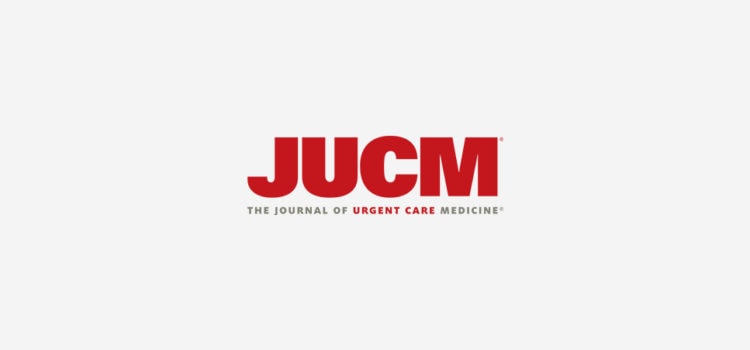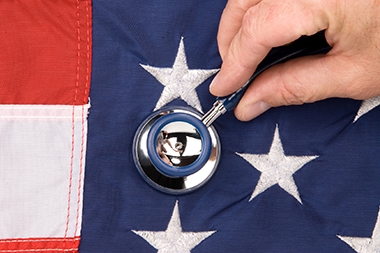The combination of convenience and quality is the hallmark of the urgent care industry. As time goes on and patients have an increasing array of options, however, “convenience” may be a relevant term (for example, virtual care is becoming more appealing to consumers and payers). Urgent care has taken notice and continues to expand its offerings, from the foundational walk-in visits for a sore throat to school physicals, return-to-work clearance, and support for cancer-related problems. …
Read More









